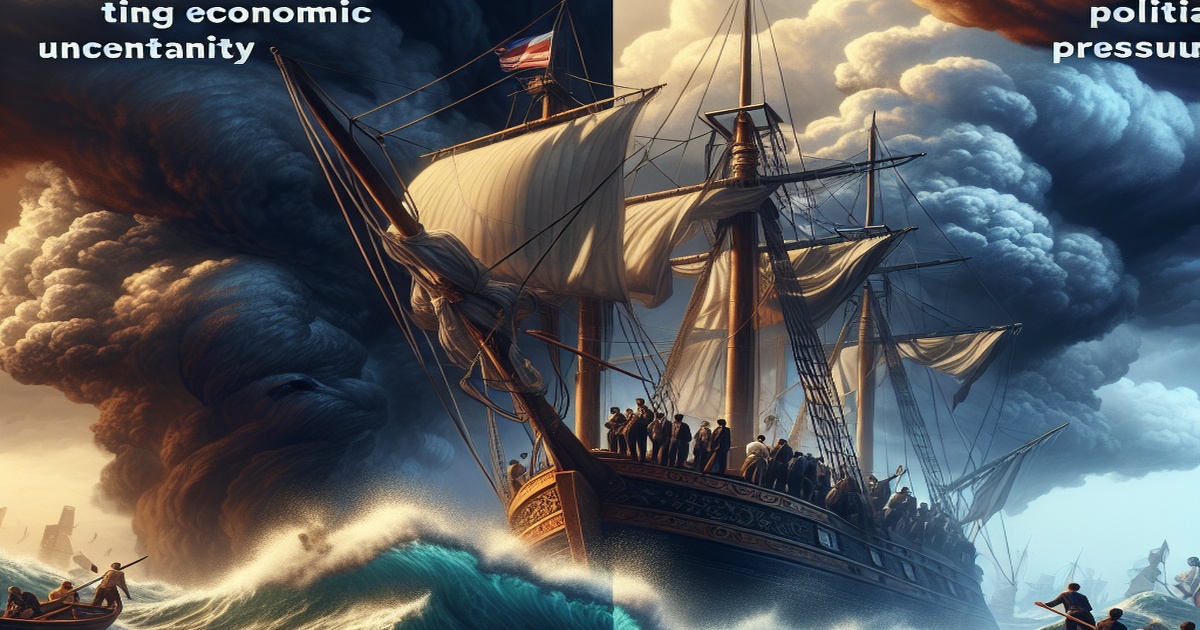Despite a generally healthy U.S. economy, Federal Reserve Chair Jerome Powell faces a period of uncertainty. While economic indicators like inflation and unemployment appear favorable, President Trump's tariffs introduce potential risks. These tariffs could push inflation higher and potentially slow economic growth.
Given the uncertain outlook, the Federal Reserve is expected to maintain its key interest rate at approximately 4.4 percent during its upcoming meeting. Officials will also release quarterly economic projections, which may indicate an acceleration in inflation later this year and a slight increase in unemployment. Some economists suggest these projections could signal the possibility of the Fed cutting its key rate twice later in the year.
The potential for rising inflation typically prompts the Fed to maintain or increase interest rates, while rising unemployment would usually lead to rate cuts. With the economy potentially facing both challenges, Powell and other Fed officials have emphasized their willingness to wait for clearer signals before making any moves.
The Trump administration has increased pressure on Powell to lower borrowing costs. This pressure stems from concerns about the impact of interest rates on government debt and the potential for economic growth. However, the Fed's primary mandate is to focus on stable prices and maximum employment, which could be threatened by rate cuts driven solely by government financial considerations.
Despite the pressure, the markets haven't reacted significantly to the recent criticism of the Fed. With inflation remaining low, the Fed may face increasing pressure from economists and investors to cut rates in the coming months. The Fed estimates the "neutral rate," the rate that neither stimulates nor slows the economy, to be around 3 percent.
Inflation, according to the Fed's preferred measure, is nearly back to the central bank's 2 percent target. This low reading suggests the Fed's rate should be closer to neutral, below its current level, as it doesn't need a high rate to slow inflation.
Some economists believe the Fed may only cut interest rates once this year, due to the risk of inflation rising. Tariffs may not push up inflation as much as feared, but this could be because the economy slows, leading to higher unemployment and reduced consumer spending, which would lower inflation.
Economists anticipate a temporary rise in inflation, but also expect a weakening economy with a modest rise in the unemployment rate. A noticeable economic slowdown that curbs consumer spending and keeps inflation in check would likely lead the Fed to quickly cut rates. However, they will be more comfortable doing so once they have a better understanding of the full impact of tariffs.







4 Comments
Muchacho
The Fed is independent and sticking to its mandate. Good for them.
ZmeeLove
This is a classic case of too little, too late. The opportunity to act already passed.
Rotfront
Patience is key. Let the economic data guide the decisions.
Karamba
They're focusing on the data. That’s what we want from the Fed.